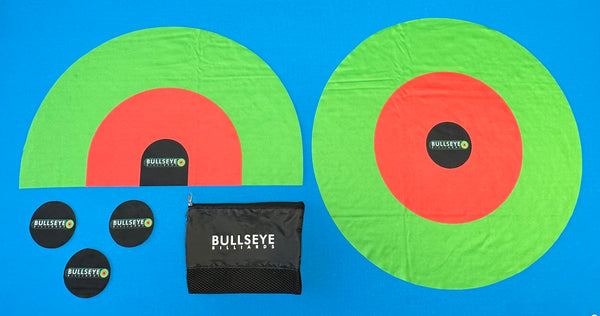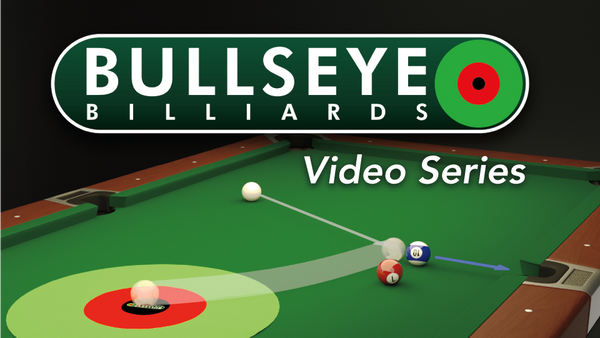This is the third article of a 4-part series on pattern play. In the previous article, we discussed how to Increase Margins of Error.
Looking ahead is essential to playing top-notch pool. Players that don’t think about their future shots are going to be crushed by an opponent who understands and practices the concepts of pattern play. The goal of pattern play is to use rules of thumb and intuitive judgements to create a plan that gives the highest chance of running out the table and thus, winning the game.
The concepts presented in this series are for offensive play only: how to decide which shot to shoot and how to shape future shots. To fully maximize your chances of winning, you should always consider defensive shots in your plan as well.
Rules of Thumb - Planning a Runout
Like any good plan, you want to find the best path to reach your goal. The more well-defined and clear your plan is, the more likely you will execute it properly.
-
Work Backwards
Start your plan with the game winning ball and find a shot to position on that ball. Then find a another shot to position on that, and so on until you can select a current shot to shoot. -
Plan at Least Three Shots Ahead
Planning an entire run might be difficult, but you should always plan a minimum of 3 shots in advance. Not only do you get to position for your next shot, but you need to position to get position for the shot after that. -
Leave an Angle
If you leave yourself a straight-in shot, you will be limited in your options for positioning because you can only go straight forward or backward. Try to leave shots that are about 30-degrees, in order to have options for positioning and to not have too difficult of a shot. -
Shape a Particular Side
Often, it is much better to position on one side of a shot in order to get to the next shot. If you position on the wrong side of a shot, you might be forced to go across the table to get back in line. -
Shoot the Most Difficult Shots First
In 8-ball, you want to maximize the chances of winning the game, so you should attempt to eliminate balls that are in difficult positions first. You don't want to make all your easy shots, miss a difficult shot, then leave your opponent an open table. It is far better to miss a hard shot early on, so your opponent has more trouble running out. -
Recognize Key Balls
In a rack, there are typically balls that are critical for running out, and these are called "key" balls. Usually, the ball before the game winning ball is considered a key ball, and you want to make sure you get a good shot on it. Examples of key balls include: a ball to breakout a cluster, a ball to get position on a difficult shot, and a ball to play a good safety. -
Recognize Ball Groupings
After you have planned many runouts, you will start to automatically see groups of balls (patterns) that make a natural and easy sequence of shots. When this happens, you can start to focus on the more difficult shots in the rack and not worry about the easier groups of shots.
Practicing Pattern Play - Analyze a Rack
By yourself or with friends, go through a rack and discuss how to runout. Really delve into each shot and look at every option available. Often, intentionally trying to find alternatives will reveal many more opportunities that you may have not considered before. Make sure you keep it simple and increase your margins of error.
Sample Shot #57
The following is a sample shot from the Bullseye Billiards instructional game. This position ended with the cue ball on the wrong side of the object ball, so you have to go up and down the table to get back in line.





